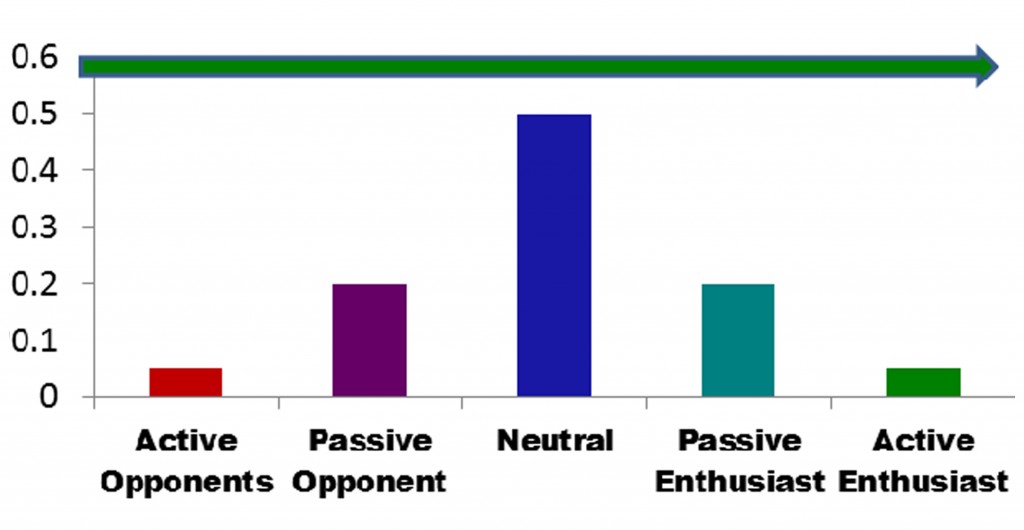By: Lisa Henning, Executive Wellness Consultant, UNICO Midlands
New Year’s Resolution…a term we are all familiar with over the years. This is the time when we renew our commitments and “make good” on our promises. Wouldn’t it be nice if we could always do the right thing all year instead of having to renew our promises! Essentially, that is what culture change is about. Businesses have changed their company culture to one where wellness is front of mind. ALL of the companies that have been successful with culture change have strong leadership!
This is a slippery slope. While most business leaders are aware of the financial benefits of a wellness program and want to reap the benefits, few are truly willing to commit financially to a comprehensive program. As with most things, wellness is relational…you get what you pay for. If you purchase baggies with fold over tops, you get stale bread. If you invest in the zip close baggies, your food remains fresh.
Leadership commitment to wellness can be plotted on a traditional bell curve; active opposition on one end and active enthusiasts on the other.
Leadership Attitudes Towards Wellness

The take away from this lesson is that a large portion of leadership is either neutral or quietly supportive of a wellness program. This presents a tremendous opportunity to get more than 75% of leadership on your side. If your CFO is an active opponent, you probably have a lot of work to do, but it can be done.
Most of the time, it is very helpful to speak the same language. Present the financial argument to management. Fortunately, there are very strong leaders in our community that know the financial benefits but also support wellness because it is our social responsibility to take care of our people. Leaders that have demonstrated these beliefs such as Marc LeBaron, CEO, Lincoln Industries and Aaron Hilkemann, CEO, Duncan Aviation stand by their commitment to people. Their companies are also reaping huge benefits from their wellness programs. These gentlemen lead by example and are active participants in their programs.
Key elements of a good leadership model include:
- Leadership communication, financial commitment, and visible participation in wellness.
- Development of a wellness committee or tie it to safety committee functions.
- A well written wellness plan with measurable goals and objectives (we will talk about this in another article).
- Linking wellness to the overall corporate strategy and vision
Another suggestion is offering a senior management pilot project. This is highly encouraged when moving your program towards financial rewards or tying it to a performance plan. Leaders that feel the benefit , or see the bottom line benefit as it applies to their company are often moved from neutral to active enthusiast.
Our next article will talk about the next steps with data collection. This is a critical piece to the evidence-based wellness model. Please feel free to contact me if you have any questions regarding your wellness committee design or need sample leadership communication pieces, [email protected].



